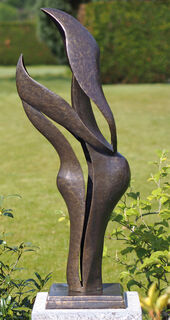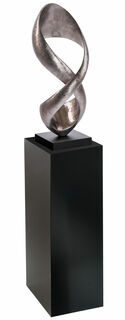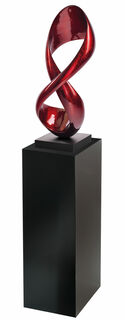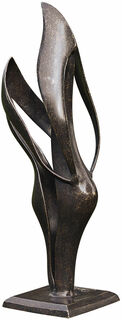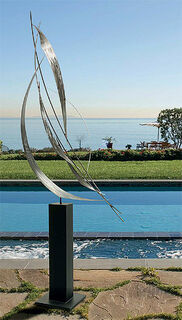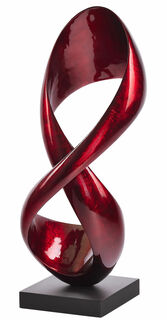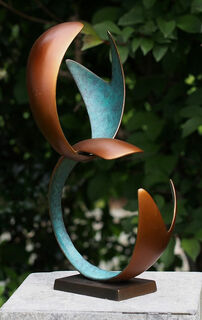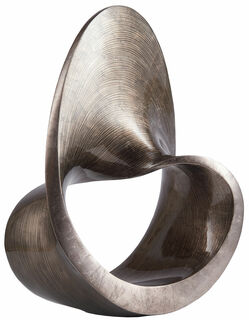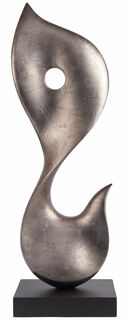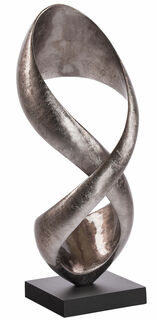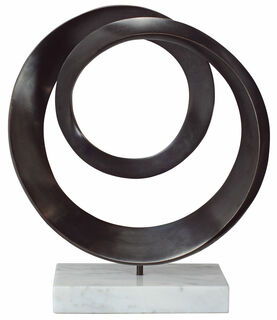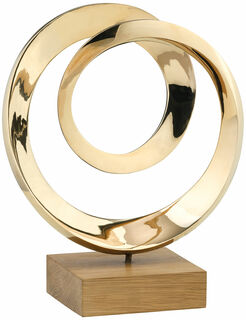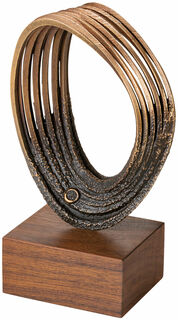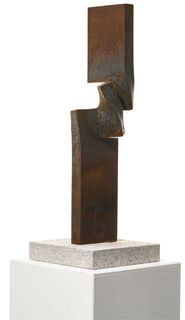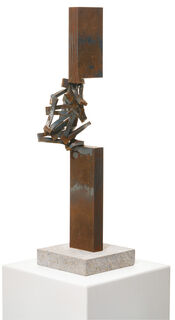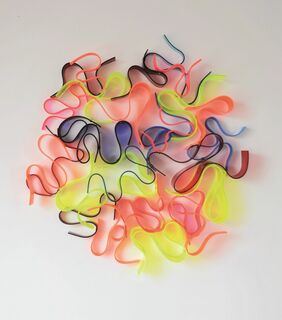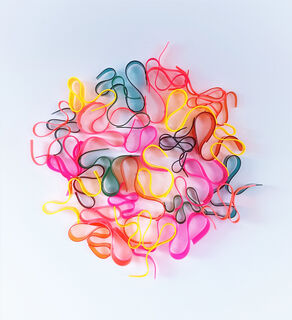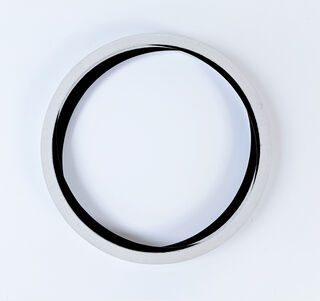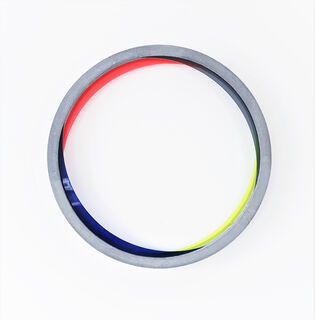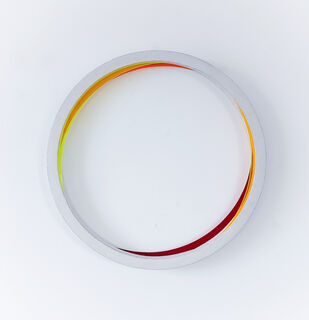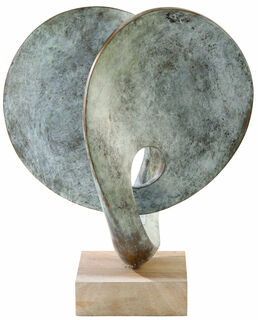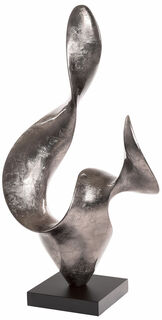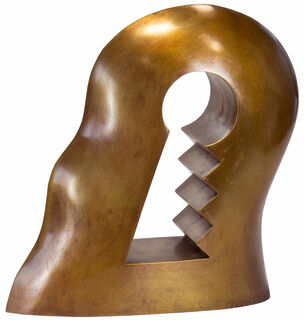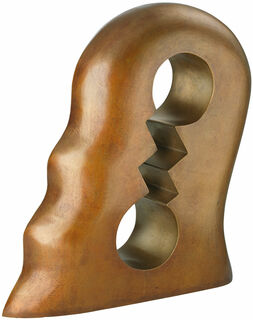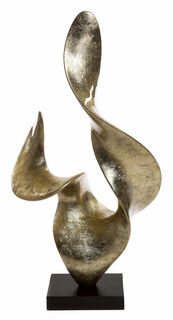Abstract Sculpture
Abstraction - New Approaches of Art
When the artists of the avant-garde presented the first abstract sculptures and paintings at the beginning of the 20th century, it marked one of the greatest, if not the greatest, upheavals in the history of art. For thousands of years, painters and sculptors had oriented their works to reality, depicting people, landscapes, or animals in a more or less lifelike manner. Abstract art departed from this idea, liberating works from any object reference ("abstract-non-representational") or reducing the features of an object to an absolute minimum ("abstract-abstractive"). Abstract artists liberated themselves from reproducing objects of reality. They rather interpret the world in a completely new way, using only geometric shapes and lines or working with completely free and expressive structures. Since objects no longer serve as messages and focal points in abstract sculptures and paintings, the colours, form, materials, as well as the artistic creative process itself, gain importance.
Abstraction in Sculpture - Forms Without Object Reference
The first significant steps towards abstraction were taken by painting at the turn of the 20th century. In sculpture, however, abstraction only gained a foothold around the 1920s. In the course of the 20th century, many stylistic variants of abstract sculpture were developed - partly alongside painting - whereby the various styles differed considerably in terms of philosophy and concept. Geometric Abstraction and Constructivism, for example, focus on shaping forms according to strict theoretical, sometimes mathematical principles. By contrast, Informel is a movement that distances itself from any predetermined forms and design principles, asserting absolute freedom in creation. The works of Figurative Abstraction are not quite as radical and show a slight reference to reality. In addition, the movable sculptures of Kinetic Art, light objects, and installations as well as objects for art in buildings are often close to abstraction. When it comes to materials, there are hardly any limits for the artists. Metals such as bronze, iron and steel are just as suitable as wood, stone, marble, glass, plaster, or concrete. Modern works also increasingly incorporate artificial materials such as fibreglass, Plexiglas, plastic, or polystyrene are increasingly being used. Especially with abstract sculptures, many artists work with mixed techniques that combine several different materials.
Abstract Sculpture - Challenge for Artists and Viewers
Abstraction faces the public with completely new forms and structures and challenges traditional patterns of perception. It deliberately crosses boundaries and, more than figuration invites the viewer to engage with a work. Since the possibility of orienting oneself using familiar forms largely disappears with abstract figures, associations, emotions, and thoughts make up a large part of the reception process. This makes the viewing of abstract sculptures a highly subjective and individual experience. On the artist's side, creating an abstract sculpture requires a high degree of imagination and spatial thinking, as there is no model to adhere to. The three-dimensionality of the sculptures represents both a challenge and an opportunity because, in addition to the design, space, light, shadow and the perspective of the viewer come into play. This is another reason why abstract figures are so fascinating: Every time you look at such a work - it can be discovered anew.

